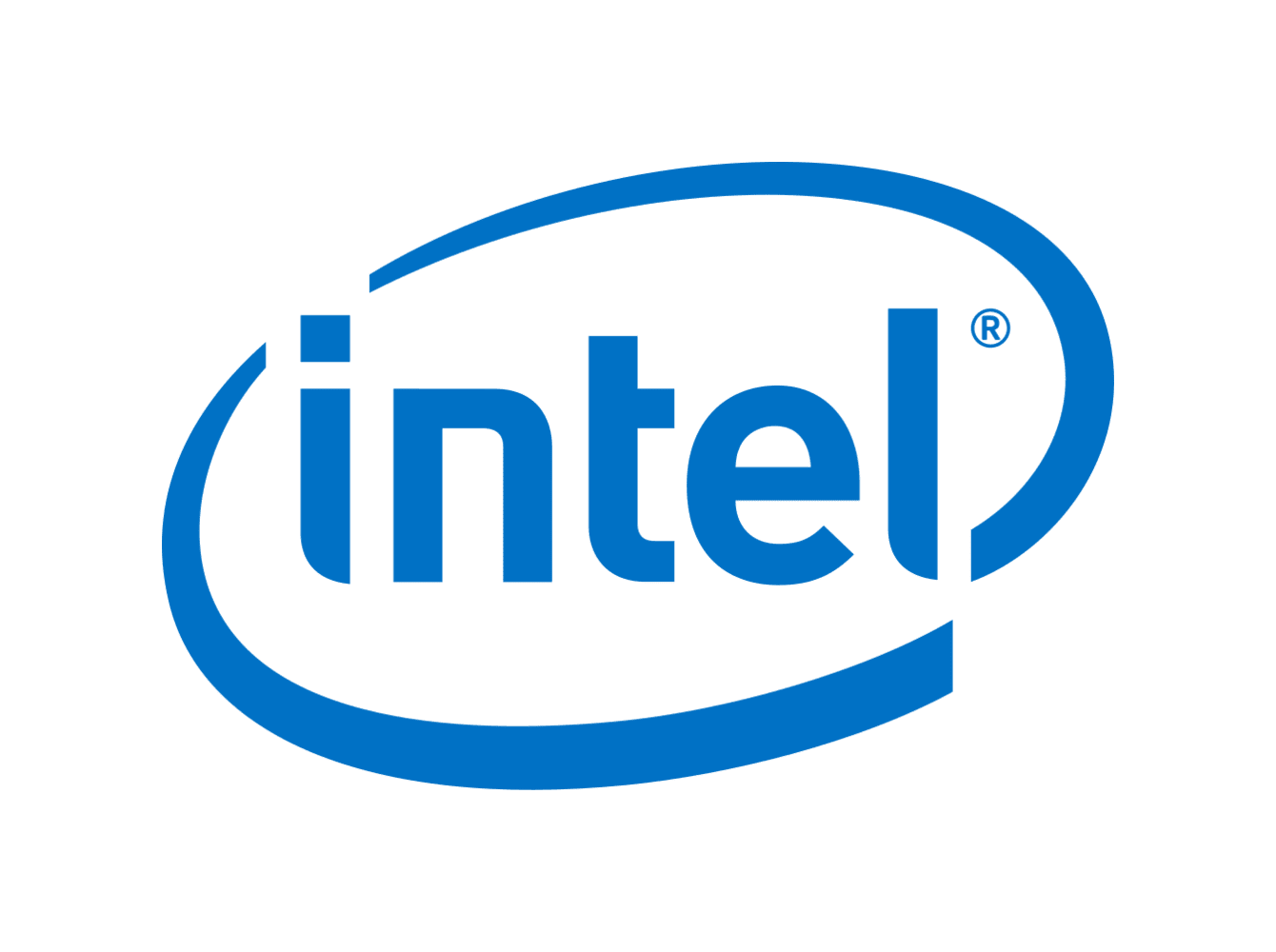
Tronics Fix might be your guy. He does electronics repairs, which sounds like it’s at least related to what you’re looking for.
Other than that sort of repair work, what you’re describing is just the basics of hardware troubleshooting. Identify potential points of failure and swap them out for known-good units until you figure out what caused the problem. From there most people (and even most shops) will just replace the faulty component either from their stock or with an RMA.
Event viewer and logs like that often times take more time than they’re worth when you can just swap parts one by one in some logical order until you hit the solution. I used to do repair/troubleshooting as a side gig when I worked at Gigabyte doing board design, and my steps whenever possible were to just swap parts for known-goods. I only got out the logging tools if something was super weird and rare or I couldn’t source a component to swap quickly, which was also rare as I collected a lot of different hardware over time.
Beyond that I might try to repair a broken board if it’s something simple like a broken header or port or something, but if you ever saw me doing a whole VRM swap or BGA soldering work, it was probably to revive something special, or too expensive to just replace.


I’m gonna guess mining.